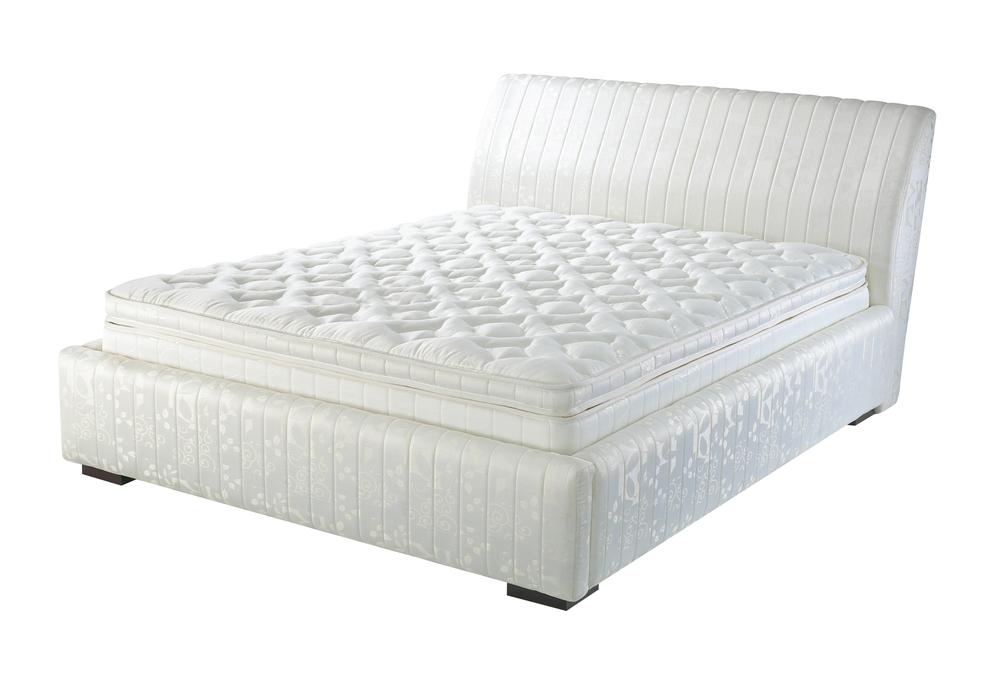The Ultimate Guide to Choosing the Best Pillow for Relieving Neck Discomfort
Discover comprehensive tips on selecting the best pillow to effectively reduce neck discomfort and improve sleep quality. Learn about support, materials, and sleep positions tailored for neck health. Improve your overall well-being with expert advice on choosing the ideal pillow designed to alleviate neck pain and promote spinal alignment.

Comprehensive Tips for Selecting the Perfect Pillow to Alleviate Neck Pain
Neck discomfort and pain are common issues that affect a significant portion of the population, impacting sleep quality and overall well-being. Thousands of individuals wake up feeling stiff, sore, and unrested each morning, often due to improper use of pillows or unsuitable sleep postures. According to recent studies, approximately 13% of Americans report experiencing neck pain at any given time, with women being more prone than men. This widespread discomfort can stem from various causes, including muscle inflammation, spinal conditions, or trauma. The good news is that choosing the right pillow can play a pivotal role in reducing or even eliminating this pain, promoting better sleep and enhanced neck health.
One of the most critical factors in addressing neck discomfort is selecting the appropriate pillow. Your pillow should support the natural curve of your cervical spine, maintaining proper alignment during sleep. An ideal pillow strikes the right balance between softness and firmness, providing enough cushioning to alleviate pressure points while maintaining enough support to prevent the neck from collapsing or overextending. An ill-fitting pillow—either too high, too flat, or too firm—can exacerbate existing pain and lead to long-term health issues. For those suffering from chronic neck pain, adopting specific sleep positions coupled with the right pillow can make a significant difference.
Sleeping on your back is often recommended by healthcare professionals for individuals with neck problems. Placing a supportive pillow under your knees can further reduce lower back and neck strain, facilitating a more comfortable sleep position. Side sleepers should look for pillows approximately 4-6 inches thick to ensure that their head and neck stay aligned with the rest of the spine. The pillow must keep the head, neck, and shoulders in a neutral position, avoiding unnatural bends or twists. Additionally, ergonomic considerations extend beyond the pillow itself. Keeping your monitor at eye level, minimizing phone bending, and maintaining proper posture during daily activities can help prevent neck strain. Using hands-free devices such as headsets, along with staying well-hydrated, supports overall neck health and reduces tension.
Ultimately, selecting the right pillow involves understanding your specific sleep style, neck condition, and personal preferences. Memory foam pillows, ergonomic shapes, adjustable height options, and hypoallergenic materials are popular choices among consumers seeking relief from neck discomfort. Remember, investing in a high-quality pillow tailored for your needs can significantly improve your sleep quality, neck flexibility, and pain levels. Constantly assess your sleeping habits and comfort to ensure you’re making adjustments that support long-term neck health. Incorporate ergonomics into your daily routine and prioritize restorative sleep for a healthier, pain-free life.





